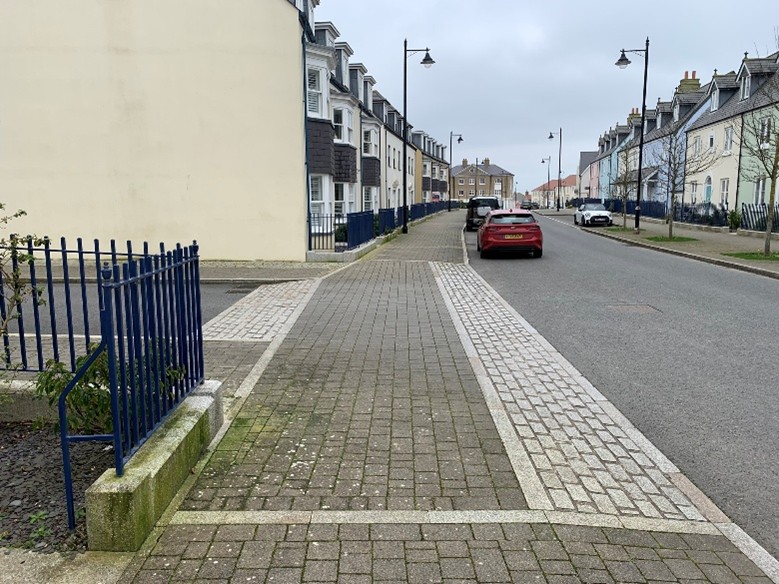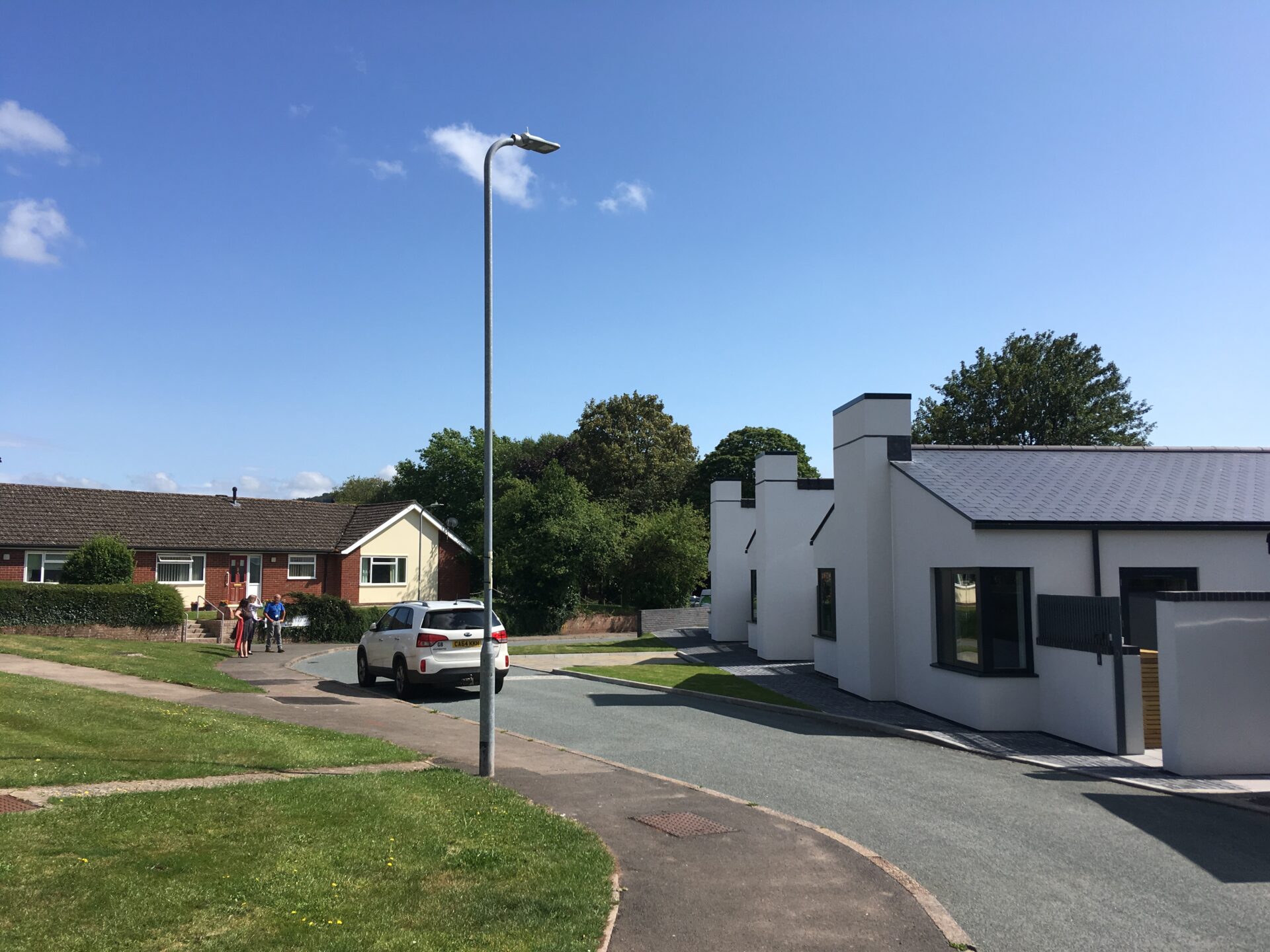News
Streets for People – Bridging the Gaps in Welsh Street Design
 PJA Image of Stratford-Upon-Avon Vision
PJA Image of Stratford-Upon-Avon Vision
This article by Jon Tricker, Placemaking Director at PJA, written on behalf of the Chartered Institution of Highways and Transportation, explores how we can take a placemaking approach to street design and car parking.
Streets are the most important public spaces we have. In Wales, they shape how we move, how safe we feel, and how connected our communities are. A good street is more than a corridor for traffic – it is where daily life happens: where children walk to school, where neighbours meet, and where we can weave in trees, rain gardens and play.
Wales and the code debate
Wales already leads in many ways. Planning Policy Wales and the Placemaking Wales Charter embed placemaking at the heart of planning. The Active Travel (Wales) Act 2013 goes further, giving legal weight to walking and cycling design through statutory guidance. And the 2023 change to a 20mph default speed limit in built-up areas has cemented the principle that urban streets should be designed for people, not just for cars.
England has taken a different tack, rolling out the National Model Design Code, which requires local authorities to produce detailed codes for their areas. Wales has not gone down this route. Instead, we rely on principles, professional judgement, and design review through the Design Commission for Wales. That gives flexibility, but it also leaves a gap: too many streets still fall back on outdated highway standards.
Missing Guidance
One of the biggest headaches is the grey zone between Manual for Streets and the Design Manual for Roads and Bridges (DMRB). Manual for Streets is written for slower, people-friendly environments; DMRB governs high-speed trunk roads. Yet many Welsh streets sit somewhere in between – busy village high streets, B roads through towns, local distributors. Too often they are designed as if they were highways rather than places.
Here the new 20mph default is a game-changer. It sets the baseline expectation for calmer, safer environments. But signs alone won’t deliver change. Design codes can fill the gap, spelling out the design features – carriageway widths, crossings, trees, parking, frontages – that make slower speeds self-enforcing and streets sociable again.
Lessons from elsewhere
Other places are showing what’s possible. Surrey’s Healthy Streets sets out county-wide principles for both new schemes and retrofits. In Caterham town centre, this philosophy has delivered wider footways, rain gardens, street trees and traffic calming. The results are visible: safer walking and cycling, less flooding, and a stronger local economy.

Oxfordshire too, adopting a county-wide Street Design Guide that covers both new development and the retrofit of existing streets.
The aim is clear: every street, whether a new estate road or a historic market square, should support healthy, sustainable living.

A Welsh way forward
Wales could take inspiration. Either national, county-wide or regional design codes for streets would provide the missing clarity. They would sit alongside the Active Travel Design Guidance and the 20mph policy, filling the space between MfS and DMRB, and making sure all streets – not just new ones – are designed as places first.
Doing things differently is never easy. But by putting codes in place, rooted in Welsh placemaking values, we can give our communities streets that are safer, greener and more sociable – streets that truly build better places.


